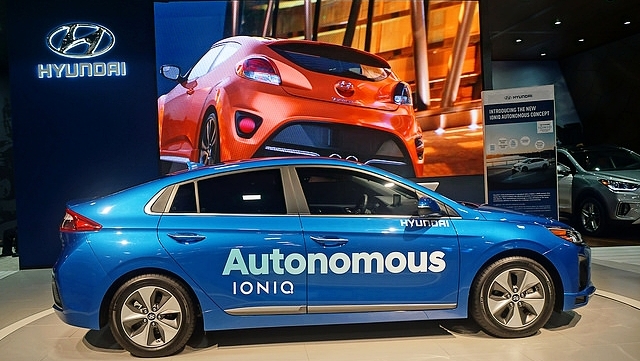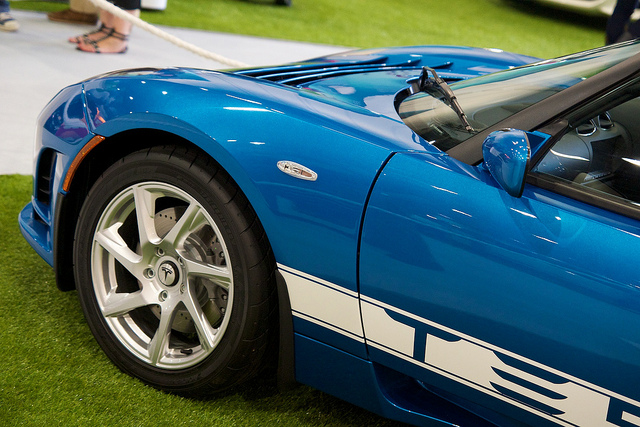While much of the focus on the development of autonomous vehicles in Michigan has been on automobile manufacturers in Detroit, and MCity at the University of Michigan, another Michigan college has been making strides in the development of autonomous technology as well. Lawrence Technical University in Southfield, Michigan, is one of the only places in the country where an autonomous vehicle is being developed by students, not engineers.
According to The Detroit News, a group of students, lead by two professors, are creating an Autonomous Campus Transport/Taxi, also known as ACTor. The vehicle is a semi-autonomous car that so far, can navigate short routes, stop at stop signs, and detect pedestrians in the street. Investors have donated money to the project to take it from a semi-autonomous vehicle to a fully autonomous vehicle that can be used as a taxi around campus. This is expected to be achieved by August of 2018. At that point, the vehicle will be fully autonomous, but the driver would still be ready to take over the vehicle at any time.
The vehicle is a Polaris Gem, and the project has received a great amount of support form local investors. Hyundai MOBIS invested an initial $15,000 in the project, which allowed the students to purchase the vehicle. Dataspeed, an engineering firm in Rochester Hills, invested in the project by installing the hardware into the vehicle, which allowed the students to be able to focus on writing code. Solar Technology Inc. provided the radar system that allows the vehicle to be able to find it’s way, and Realtime Technologies Inc. provided a cash donation. Last spring, the project won the Intelligent Ground Vehicle Competition at Oakland University, which has also lead to the project receiving more funding.
Nicholas Paul is a first-year computer science graduate student who is leading the team of student developers. He said that once they got the vehicle, “[they] were able to plug in the vehicle and begin working. [They] were able to write smaller programs; some of them only handle stop sign recognition, obstacle detection. All of these things that come together to create the software that runs on this vehicle currently. All of those components help make intelligent decisions, safe decisions about the surroundings and the destination, where it needs to go.” He also says that word about the vehicle is traveling quickly around campus. Informing people about autonomous technology is one of the goals of having a self-driving taxi on campus, as well as a providing a transportation option for those who have trouble getting around.
The students at Lawrence Technical University are further highlighting just how important southeast Michigan is when it comes to the future of autonomous technology. With their contributions, along with the work being done at the University of Michigan, and by Detroit automobile manufacturers, we could be seeing autonomous vehicles on the streets sometime very soon. Having autonomous car on the road in turn may lead to safer roads with fewer car accidents. Since driver-less cars remove the driver and thereby human error, it's very likely that we will have fewer car accidents on the road. It's exciting to know that southwest Michigan is playing such a large part in developing autonomoustechnology that will likely change driving and driver safety as we know it.
Until self-driving vehicles become mainstream and are able to fully eliminate human error, car accidents are still going to happen. If you or a loved one have been the victim of an automobile accident, call The Michigan Law Firm, PLLC at 844.4MI.FIRM, for a free legal consultation. Our attorneys are highly expereinced in dealing with all types of motor vehicle accidents, including car accidents, truck accidents, motorcycle accidents, and bus accidents.





















